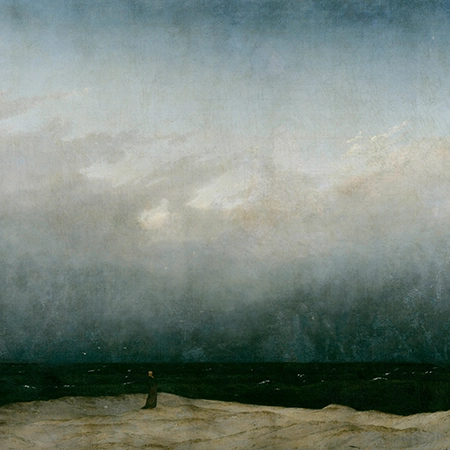Interviews
This series of videos are a final interview with Dr. Javad Nurbakhsh, the former Master of the Nimatullahi Sufi Order for over 50 years. In these videos, Dr. Nurbakhsh is seated with his heir and successor, Dr. Alireza Nurbakhsh, the present Master of the Nimatullahi Order.
Dr. Nurbakhsh expresses the limitation of discourse as it relates to inner experience and the peripheral place of religious piety, answering questions about many pertinent and interesting topics, while insisting on the non-intellectual, immediate experience in Love of the Truth.The interview was conducted in March 2008, by filmmaker Llew Smith as part of a prospective documentary film on the subject of mystical experience.












